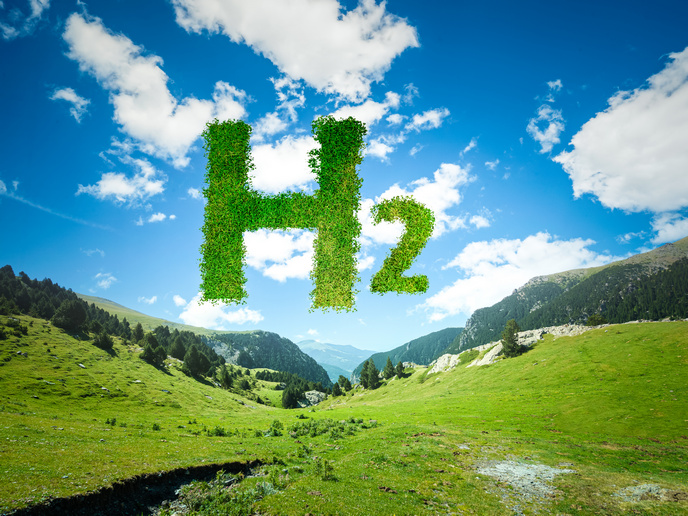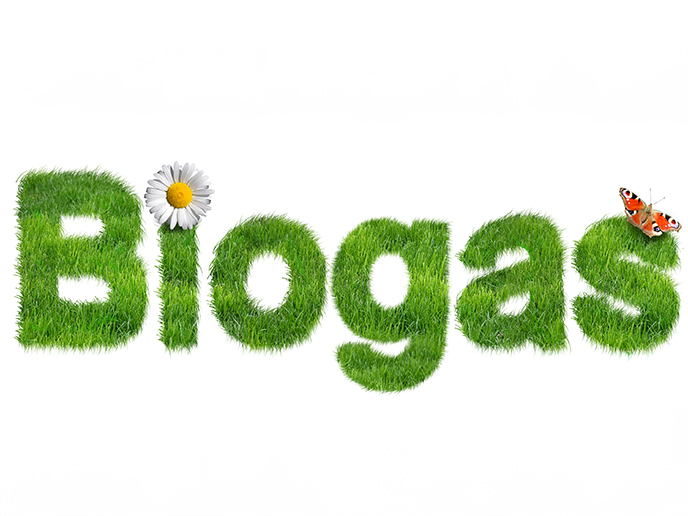A greener approach to producing green hydrogen
Although hydrogen has the potential to play a big role in Europe’s clean energy transition, leveraging this potential first requires overcoming a key roadblock: producing hydrogen has a rather large carbon footprint. “The production of high-value chemicals and clean fuels like methanol requires hydrogen, but because hydrogen is usually derived from hydrocarbons, producing it results in substantial CO2 emissions,” explains Daniel Garcia-Sanchez, a senior researcher at the German Aerospace Center’s Institute of Engineering Thermodynamics. According to Garcia-Sanchez, green hydrogen could be the answer. “The most suitable technology for producing green hydrogen is proton exchange membrane water electrolysis, or PEMWE,” he says. However, PEMWE comes with its own environmental challenges, namely, it requires the use of critical raw materials (CRMs). “PEMWE’s dependence on precious metal catalysts and expensive components made from titanium pose a serious threat to the successful scaling up and marketisation of this technology,” adds Garcia-Sanchez. With the support of the EU-funded PROMET-H2 project, Garcia-Sanchez is leading an effort to develop a more sustainable, cost-effective PEMWE that does not compromise performance or durability. “By striking the right balance between economics and sustainability, our goal is to position PEMWE as the technology of choice for green hydrogen production and storage,” remarks Garcia-Sanchez.
Replacing critical raw materials with environmentally benign ones
Achieving this goal meant drastically reducing PEMWE’s use of CRMs and replacing them with more environmentally and economically benign materials. The project developed novel catalysts and improved electrodes that drastically reduce the use of CRMs. The new catalyst-coated membranes (CCMs) developed within PROMET-H2 reduce the iridium content in the catalyst layer by a factor of 10. “Not only does the new CCM drastically reduce the use of CRMs, it does so without compromising performance,” notes Garcia-Sanchez. “In fact, our solution actually increases performance and expands the solution’s expected lifespan.” The project also replaced the PEMWE’s use of titanium with stainless steel, a material that is both highly durable and can be manufactured using recycled materials. Stainless steel is also a recyclable material itself. Speaking of recycling, another key outcome of the project was a new, environmentally friendly method for recycling and reusing CRMs. The hydrometallurgical process offers a 100 % recovery rate for platinum and 60 % for iridium.
A sustainable, high-performance, long-lasting PEMWE
The PROMET-H2 electrolyser is planned to be tested and validated at a renewable methanol production plant with an H2 production capacity of 25 kW. Furthermore, the PROMET-H2 solution is expected to reduce capital expenditure by as much as 21 % compared to a standard PEMWE. “Thanks to the commitment of all the project partners, we succeeded at developing a sustainable, high-performance and long-lasting PEMWE with exceptionally low capital cost,” concludes Garcia-Sanchez. “In doing so, we’ve helped position green hydrogen as a viable driver in Europe’s energy transition.” The project has published over 13 articles in high-impact journals, discussed its work at numerous international conferences and obtained several patents. Researchers are currently working to further reduce PEMWE’s overall costs and its reliance on CRMs.
Keywords
PROMET-H2, green hydrogen, hydrogen, critical raw materials, energy transition, proton exchange membrane water electrolysis, PEMWE, stainless steel







